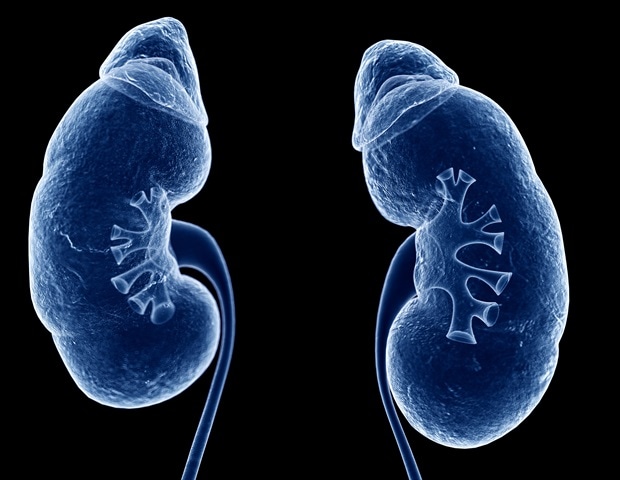In an evolving health landscape, emerging research continues to highlight concerns that could impact everyday wellbeing. Here’s the key update you should know about:
Sodium-glucose co-transporter 2 (SGLT2) inhibitors, initially developed to treat type 2 diabetes, have significant heart- and kidney- protective effects. In the kidney, SGLT2 reabsorbs approximately 97% offiltered glucose in the S1 and S2 segments of the proximal tubule, while SGLT1reabsorbs the remainder in the S3 segment.
In research conducted in rats, investigators found that dual inhibition of SGLT1 and SGLT2 more effectively reduces salt-sensitive hypertension and kidney injury than SGLT2 inhibition alone. The findings will be presented at ASN Kidney Week 2025 November 5–9.
Salt-sensitive hypertension-elevated blood pressure due to excess salt consumption- affects nearly half of individuals with high blood pressure and substantially contributes to kidney disease, cardiovascular complications, and progression to kidney failure. When researchers compared selective SGLT2 inhibition (through treatment with dapagliflozin) with dual SGLT1/2 inhibition(through treatment with sotagliflozin) in a well-established rat model of salt-induced hypertension and chronic kidney disease, they found that both drugs had profound effects on slowing the progression of salt-induced hypertension.
Compared with selective SGLT2 inhibition, dual SGLT1/2 inhibition produceda greater reduction in mean arterial pressure and more effectively attenuated kidney injury, although it had no impact on blood pressure under normal-saltconditions. Sotagliflozin also reduced body weight, enhanced urinary sodiumand chloride excretion, and nearly doubled fractional glucose excretion compared with dapagliflozin. Neither treatment altered kidney function. SGLT2 inhibition modulated several metabolic pathways in a region-specific manner in the kidney, with pronounced effects on lipid metabolism and inflammatory signaling.
Our study provides preclinical evidence supporting the expanded use of dualSGLT1/2 inhibitors beyond heart failure and diabetes, extending their potential into hypertension management, particularly in salt-sensitive patients.”
Olha Kravtsova, University of South Florida
“These findings also establish a foundation for further investigation into regional kidney metabolism. Moreover, they highlight lipid and inflammatory pathways as promising therapeutic targets in the treatment of hypertension.”
Source:
Journal reference:
Kravtsova, O., et al. (2025). Dual SGLT1/2 Inhibition Attenuates Salt-Sensitive Hypertension and Kidney Injury More Effectively than SGLT2 Inhibition. Journal of the American Society of Nephrology. DOI: 10.1681/asn.20257tbtjja6. https://journals.lww.com/jasn/fulltext/2025/10001/dual_sglt1_2_inhibition_attenuates_salt_sensitive.126.aspx.
